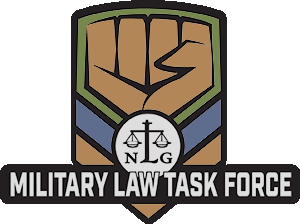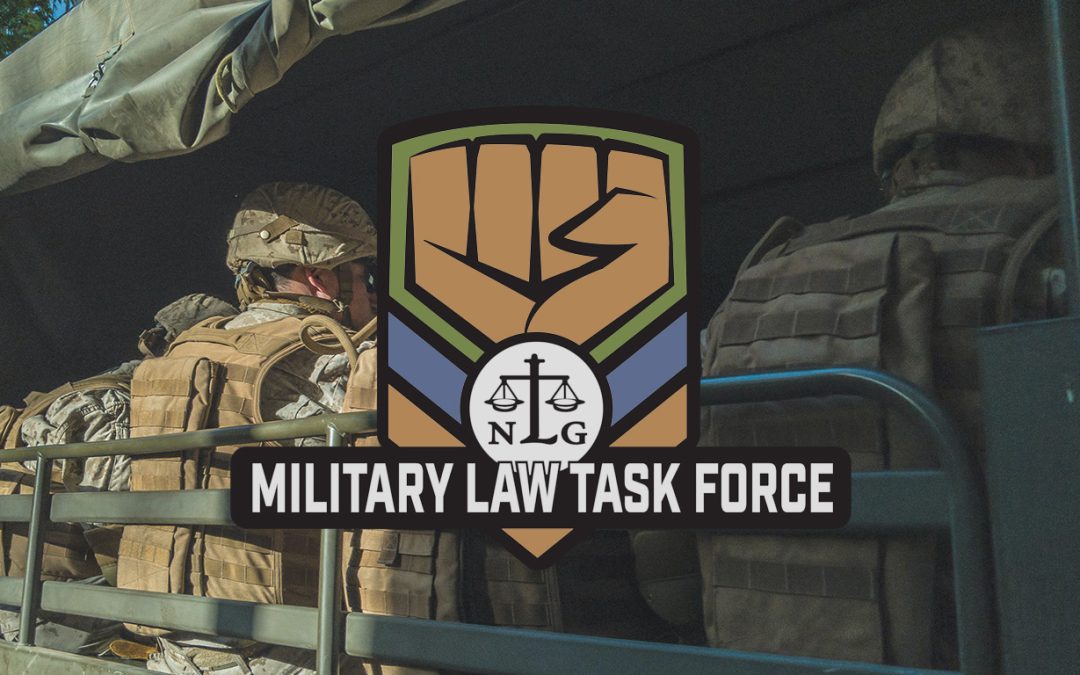Military commissions, newly re-established by the Military Commissions Act of 2006, are a type of extraordinary wartime tribunal, very unlike courts-martial – and with a flimsy basis in statutes and case law. Unlike courts-martial, which try soldiers, these military courts can try anybody, anywhere on this planet, for offenses created by military custom and Executive order, not statutory law; try them on rules of evidence and procedure they can make up as it suits them; and try them without judicial appeal – essentially, a latter-day Court of Star Chamber.
These military commissions are not yet fully operational but present a very real possibility of secret and arbitrary trials that mock due process and make judicial murder a real possibility. The accused are subject to this by being designated, on the President’s say-so, “enemy combatants” outside the protections of U.S. and international law. The tribunals are – so far – aimed at non-U.S. citizens, though U.S. citizens could very easily face these drumhead proceedings. Those who participate in these “trials” as court members, custodial personnel, or in the chain of command – up to the Secretary of Defense and the President – are committing a crime.
– Bob Harmon, 2006
Military Commission resources (PDF) by Bob Harmon
Case law, relevant statutes and treaties, source materials
Military commissions briefing 2006 (PDF) by Bob Harmon (2006)
What is the current state of military commissions, i.e., their current authorities, the various
forms they have taken, the impact on due process, the constraints on defense counsel and
discovery, their historical/legal context and how the Administration thinks it can “get away
with it?”
Executions
“Death Row at the Castle” 2006 article by Joe Allen in Counterpunch about that year’s changes in military regs regarding the death penalty.
Info below adapted from notes by Bob Harmon.
The Army regulation dealing with the death penalty is AR 190-55, revised 2010.
This includes the legal process after sentence and prior to execution, so any counsel handling appeals should check this.
The new AR 190-55 definitely does allow executions in locations other than Ft. Leavenworth. The method is still lethal injection, but that part of the reg is very vague as to the specific substances. Also, official witness and other access to the prisoner could be problematic, especially if the prisoner is at a site other than the Ft. Leavenworth (USDB) prison.
There are numerous cross-references to public access available in AR 190-47, the Army Corrections System.
This publication appears to be a comprehensive one on all areas of corrections; in this context, to who gets access to a military prison. It also is important to anyone representing a military prisoner once s/he is in this system, for whatever reason. This publication also is newly revised as of January 2006, so there’s been considerable tweaking all through the system, apparently.
There’s vague language in AR 190-55 about “training” the execution detail if the need arises, the method being lethal injection. That may raise an 8th Amendment issue in itself, in that the method, dosages and substances used in such executions are a delicate matter, MP corrections personnel are NOT trained in it as far as we know, and if they bungle it the results can be cruel & unusual.



